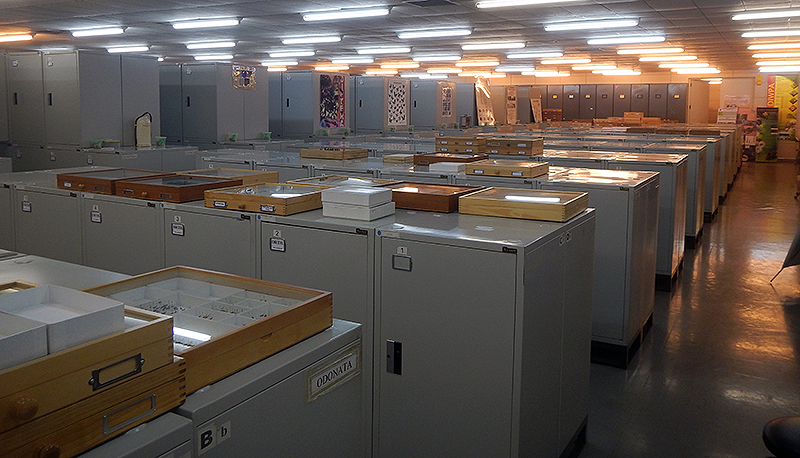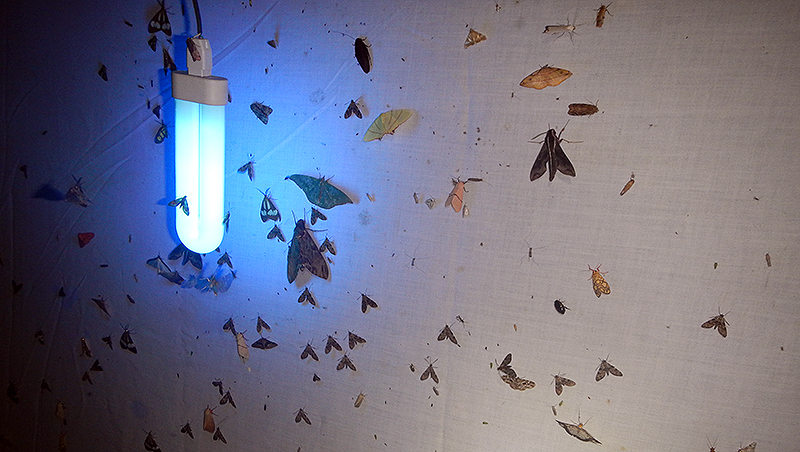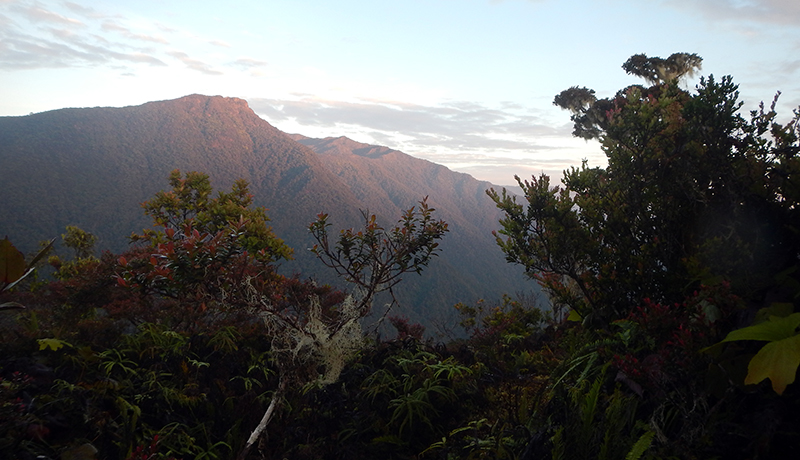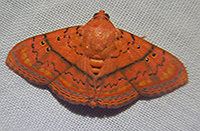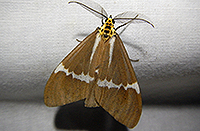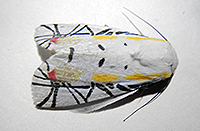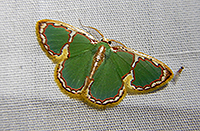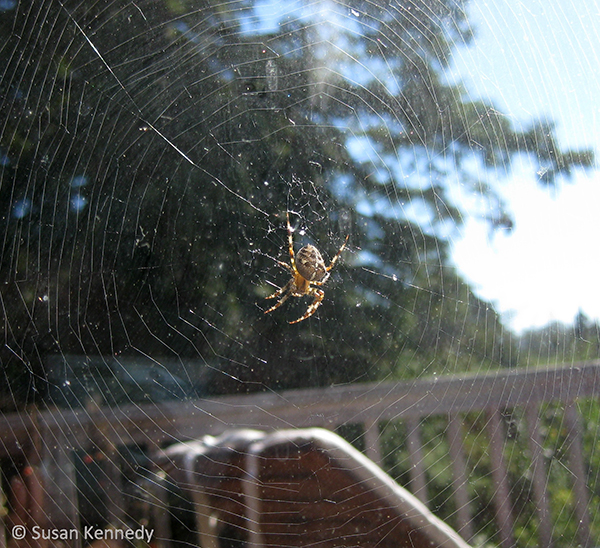 You have probably noticed a lot of these critters around town lately; they seem to be just about everywhere this time of year. These eye-catching little beasts go by many names, including “Cross Orb-Weaver,” “European Garden Spider,” and “Pumpkin Spider,” among others,1,2 but their proper scientific name is Araneus diadematus. (Note: common names like “Garden Spider” or “Pumpkin Spider” may refer to a number of different spider species, which is understandable given that there are an estimated 47,000 (or more)3 spider species on earth! Since we have not come up with 47,000 unique common names for all of these species, it is best to use scientific names to avoid confusion.)
You have probably noticed a lot of these critters around town lately; they seem to be just about everywhere this time of year. These eye-catching little beasts go by many names, including “Cross Orb-Weaver,” “European Garden Spider,” and “Pumpkin Spider,” among others,1,2 but their proper scientific name is Araneus diadematus. (Note: common names like “Garden Spider” or “Pumpkin Spider” may refer to a number of different spider species, which is understandable given that there are an estimated 47,000 (or more)3 spider species on earth! Since we have not come up with 47,000 unique common names for all of these species, it is best to use scientific names to avoid confusion.)
Araneus diadematus are tan, brownish or orange, with yellow, white and black markings and a distinctive “T” or cross pattern on the back of their spade-shaped abdomen. Adults can range from about 6-20 mm in body length, not including the legs.4 Females are much larger than males and have been known to cannibalize hopeful suitors who approach them to mate.5 You are most likely to find these spiders on their characteristic “orb webs”: those beautifully geometric, Charlotte’s Web-style constructions of spiral-shaped silk supported by spokes radiating from a central hub. This web shape is typical of the spider family Araneidae (“orb weavers”).
Although A. diadematus can be found in the Bay Area throughout the year, their numbers and visibility peak in the fall because this is when they reach maturity. They are not native to this region, they originated in Europe, but their range now extends across the U.S. and into many parts of Canada.1 A. diadematus can occur at remarkably high densities in both natural areas (like woods and parks) and urban environments. Whether they truly qualify as “invasive” (which, by definition, would require having a negative impact on the environment) is debatable, but one thing is for sure: they are enormously successful here.
So what are they doing on those lovely spiral webs? Mostly lying in wait for prey, which consists of insects like flies, beetles and aphids.6 The spiral on the web is made of sticky silk, and when unwitting insects blunder into this structure, they get stuck. The insects struggle, creating vibrations through the web. The spiders, although they have poor eyesight, are incredibly sensitive to vibrations, and by resting in the center of the web – where the “spokes” converge – the spiders can detect exactly where to find the prey based on which silk strands are vibrating.7 The spider then uses a combination of biting and silk-wrapping to immobilize the hapless prey before settling down to eat. Since this whole process damages the web, A. diadematus builds a fresh web each day, eating the old one to recycle the silk.
Some people may find A. diadematus creepy or frightening, and these spiders do look formidable when they are fully grown (not to mention that we usually see a lot of them around Halloween!). However, there is no reason to fear these autumnal creepy crawlies: they are completely harmless. Although they do possess venom – as do almost all spiders – the venom’s function is to paralyze insects,  not to hurt large vertebrates like us. And while a bite from one of these guys might be painful and cause a small localized reaction8 (much like a bee sting), the chances of being bitten are so slim that it is a non-issue. These spiders are not the least bit aggressive; they like to keep to their webs and mind their own business, and would only bite as a last resort (i.e. if they were about to be squished). So next time you walk through a huge web that a resident A. diadematus thoughtfully constructed right in front of your door, do not panic – the spider is running for the hills as we speak. If you are lucky, your little 8-legged buddy might stumble into your hands and let you take a closer look!
not to hurt large vertebrates like us. And while a bite from one of these guys might be painful and cause a small localized reaction8 (much like a bee sting), the chances of being bitten are so slim that it is a non-issue. These spiders are not the least bit aggressive; they like to keep to their webs and mind their own business, and would only bite as a last resort (i.e. if they were about to be squished). So next time you walk through a huge web that a resident A. diadematus thoughtfully constructed right in front of your door, do not panic – the spider is running for the hills as we speak. If you are lucky, your little 8-legged buddy might stumble into your hands and let you take a closer look!
See also common Bay Area spiders.
References
- “Cross Spider.” Washington NatureMapping Program, naturemappingfoundation.org/natmap/facts/cross_spider_712.html.
- Bowline, Mariah. “Pumpkin Spider – Araneus diadematus.” BugGuide, Iowa State University Department of Entomology, 2005, bugguide.net/node/view/33907/bgpage.
- “World Spider Catalog (2017).” World Spider Catalog. Natural History Museum Bern, wsc.nmbe.ch, version 18.5, accessed on 12 September 2017. doi: 10.24436/2
- “Araneus diadematus (Cross Orbweaver).” Spiders.us, 2017, spiders.us/species/araneus-diadematus/.
- Elgar, M. A. and D. R. Nash. 1988. Sexual cannibalism in the garden spider. Animal Behaviour 36(5): 1511-1517.
- Ludy, C. 2007. Prey selection of orb-web spiders (Araneidae) on field margins. Agriculture, Ecosystems & Environment 119(3): 368-372.
- Landolfa, M. A. and F. G. Barth. 1996. Vibrations in the orb web of the spider Nephila clavipes: Cues for discrimination and orientation. Journal of Comparative Physiology A: Sensory Neural and Behavioral Physiology 179(4): 493-508.
- McKeown, N., R. S. Vetter, and R. G. Hendrickson. 2014. Verified spider bites in Oregon (USA) with the intent to assess hobo spider venom toxicity. Toxicon 84: 51-55.


